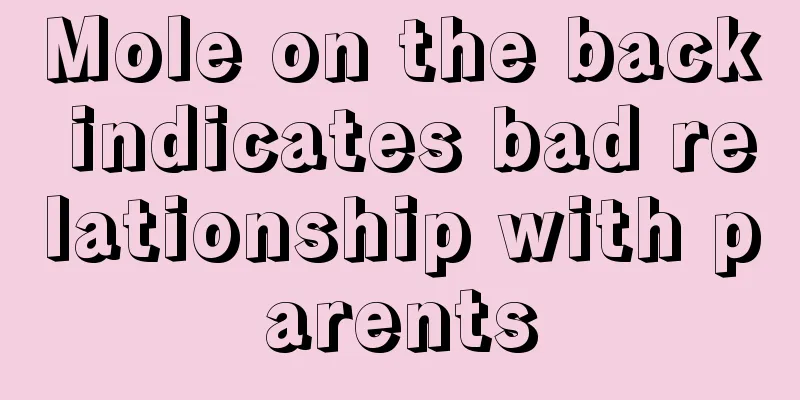Bitcoin mining investigation sparks controversy: confrontation between regulators and industry

|
The U.S. Energy Information Administration’s bitcoin miner survey is no harmless information-gathering exercise. And it could end up hurting more than just the crypto ecosystem. It looks like the PR battle over how much energy Bitcoin mining consumes isn’t over after all. Not long ago, I declared it won — the criticism and concerns were quelled by the relentless resistance of people who had actually spent a lot of time researching the issue. Facts and reasoning triumphed over fear-mongering and the use of trigger words. How naive. Last week, the U.S. Energy Information Administration (EIA), a statistical agency under the Department of Energy, fired a few shots at the Bitcoin ecosystem. One of them is the EIA’s announcement that it will conduct a mandatory survey of all US Bitcoin miners. Another was the release of a report with an “official” estimate of the energy consumed by Bitcoin mining in the United States. Information CollectionStarting this month and running until the end of July, the EIA will periodically survey all U.S. bitcoin miners, requesting detailed information about their operations, focusing on their energy sources and consumption. Information is good, and a more detailed understanding of Bitcoin’s energy consumption could eventually use data to dispel the exaggerated claims of climate activists and hostile regulators. The problem here is that bitcoin mining has been singled out. No one is suggesting that AI projects are subject to the same scrutiny, even though the energy required for their massive data centers is starting to raise concerns. More importantly, information gathering does not start from a neutral position. Typically, government investigations must be signed off by the Office of Management and Budget (OMB) after assessing the necessity and level of detail. Approval for the bitcoin mining investigation was sought through an emergency amendment request because, according to the filing, “there is a substantial likelihood of public harm if the normal approval process is followed.” What is the emergency? Where is the “possible” public harm? From the official requirements: “As evidence, the price of Bitcoin has risen by about 50 percent over the past three months, with higher prices spurring more cryptocurrency mining activity, which in turn increases electricity consumption.” It specifically mentions the growing concern about the energy-intensive nature of Bitcoin mining and cites two letters from elected officials to the U.S. Secretary of Energy requesting more detailed information to better determine the impact of Bitcoin mining on emissions. Both letters came from Senator Elizabeth Warren and her gang, which should surprise no one. What the numbers meanThe accompanying report also includes an estimate of the electricity consumption of Bitcoin miners in the United States. The agency estimates that it accounts for 0.6% to 2.3% of the total electricity consumption in the United States. This is a wide range, but in any case, the way it is expressed means that no matter what the actual number is, it is too much. The report clarifies that even the low end of the range will be equal to the annual electricity consumption of Utah, West Virginia, or other similar states. From what we know, the high end of the electricity consumption is equivalent to the electricity consumption of about 6 million households. Never mind that comparing Bitcoin mining consumption to that of an entire country is like comparing apples to road signs — the former helps maintain the global financial network, the latter covers a wide range of industrial, public service, distribution and lifestyle activities. The subliminal implication is that more households could get access to electricity if Bitcoin mining moved elsewhere. As expected, mainstream media outlets began crafting headlines to get more clicks. Here are a few examples I found:
However, even if this estimate is accurate, it does not mention the following facts:
Normally, I would dismiss this as just another nasty attempt to limit Bitcoin acceptance in the U.S., which could be refuted by reasoning and facts. However, there are signs that this is more than that. First, the timing may not be a coincidence, coming shortly after a BTC spot ETF was launched in the U.S. (some regulators strongly opposed it). The second goal may be to remind investors that the government doesn’t like Bitcoin. This adds a layer of perceived investment risk. Second, the move signals a different attack vector. With enough reputable studies now showing bitcoin mining has a net positive impact on the environment, hostile regulators are trying a new approach: It’s no longer about pollution, but about potential stress on the grid. The “emergency” authorization request cites cold weather in the U.S. and the potential for entire communities to come to a standstill as bitcoin miners hoard electricity. This could also be addressed by explaining in detail how the flexible demands of Bitcoin mining can strengthen grid management and stabilize consumption (even during peak demand and climate crises). However, at the same time, this implication is used to punish industries that regulators don’t like. Here we get to the bigger problem. It's not just the costs involved, which are considerable. More paperwork is bound to incur additional costs. The resulting database is also likely to facilitate further crackdowns. Neither outcome is good, but they are currently focused on just one industry. No, the bigger problem is regulatory bias, and the lasting damage that could be done to U.S. investment in production and innovation. Imagine a country where regulators decide what energy can be used for. Once they eliminate one industry, they are likely to switch to another. This increases the risk of investing in production capacity, increases the cost of financing, and encourages more overseas investment. Bitcoin itself will be fine no matter how the U.S. government treats it. The network will continue to validate transactions and process blocks no matter how oppressive certain regimes become. More supportive regimes will benefit from commerce, energy grid support, and access to a financial system that doesn’t care about the hegemony of the U.S. dollar. However, this heavy-handed approach will ultimately hurt more than just U.S. bitcoin mining businesses. The U.S. has a strong entrepreneurial spirit, a tradition of property protection, and deep capital markets. These are worth preserving. It would be a great pity if illogical regulatory confrontations over certain industries ended up damaging the reputation and vitality of jurisdictions that the world looks to for business inspiration. |
<<: Detailed explanation of Ethereum Dencun upgrade details
>>: Ethereum breaks through $2,400, and this bull market cycle may reach $27,000
Recommend
What kind of man has a promising future?
For women, it is better to find a man with potent...
A plump figure is a sign of good fortune
In this age where slimness is considered beautifu...
What is the best hand pattern for a life of wealth and happiness?
Some people have good lines on their hands, so th...
When will you get married according to palmistry?
When will you get married according to palmistry?...
Analysis of a person's character and destiny from his nails
Different nail shapes may affect a person's pe...
Men who are prone to cheating
Men who are prone to cheating From a woman's ...
German real estate group issues $24 million in property bonds using Stellar blockchain
Prominent European real estate group Vonovia has ...
People with different sized eyes cannot tell right from wrong and are very selfish.
There are many reasons for not being able to dist...
What causes girls to have piercing hands?
There are many lines in the palm, which play a vi...
What kind of woman is destined to divorce?
Marriage is very important to everyone, and women...
What does it mean when the nasolabial lines go through the bad mole? Good career luck
In fact, we need to be able to master certain con...
Where is the mole of poverty?
Where is the mole of poverty? Mole on the corner ...
Face analysis: Is eyebrow brow a good sign?
Eyebrows with double eyelids are a common eyebrow...
A woman with a bulbous nose can bring prosperity to her husband
The nose is the most important part of a person, ...
How does a girl with sword-shaped eyebrows look like?
In physiognomy, eyebrows also indicate good or ba...









